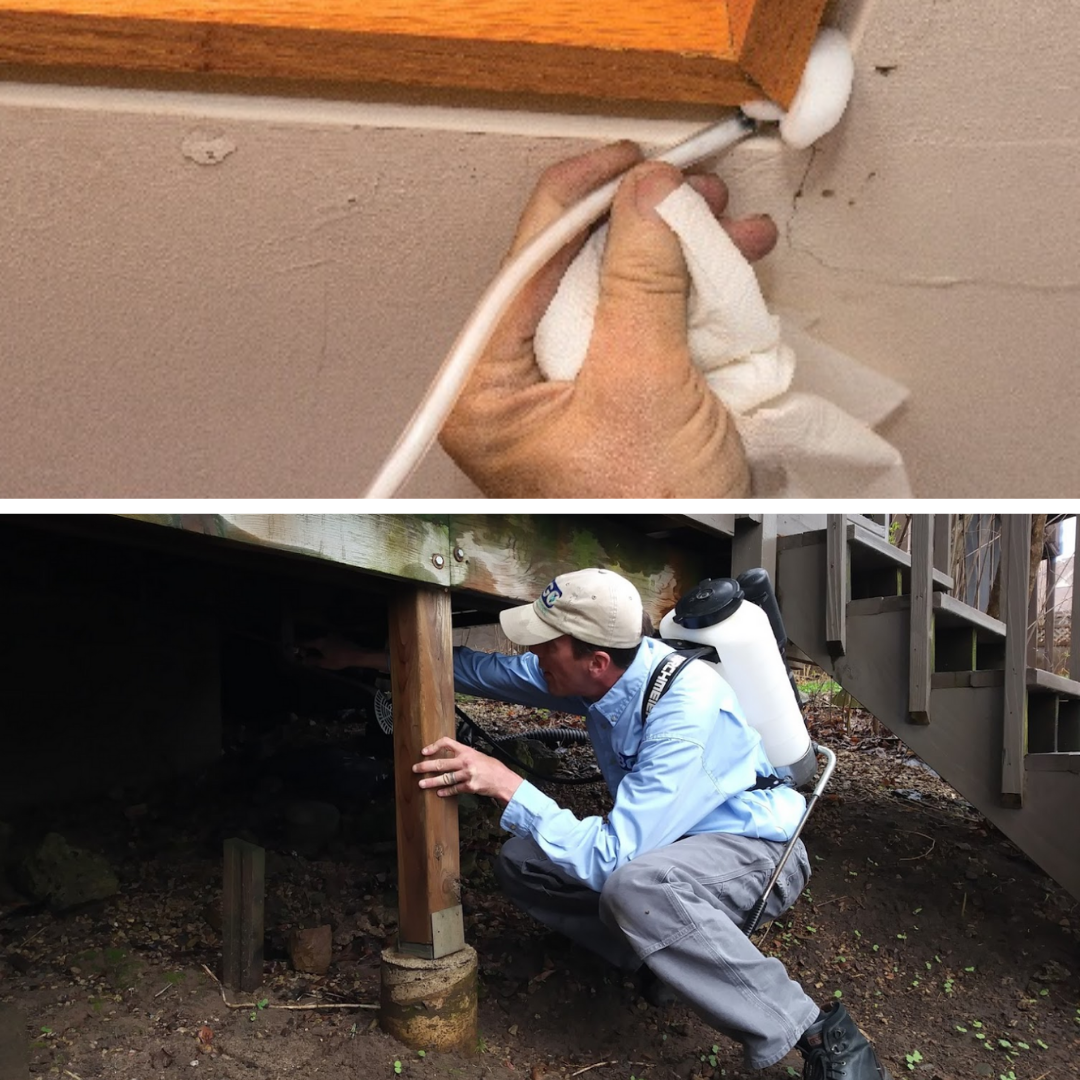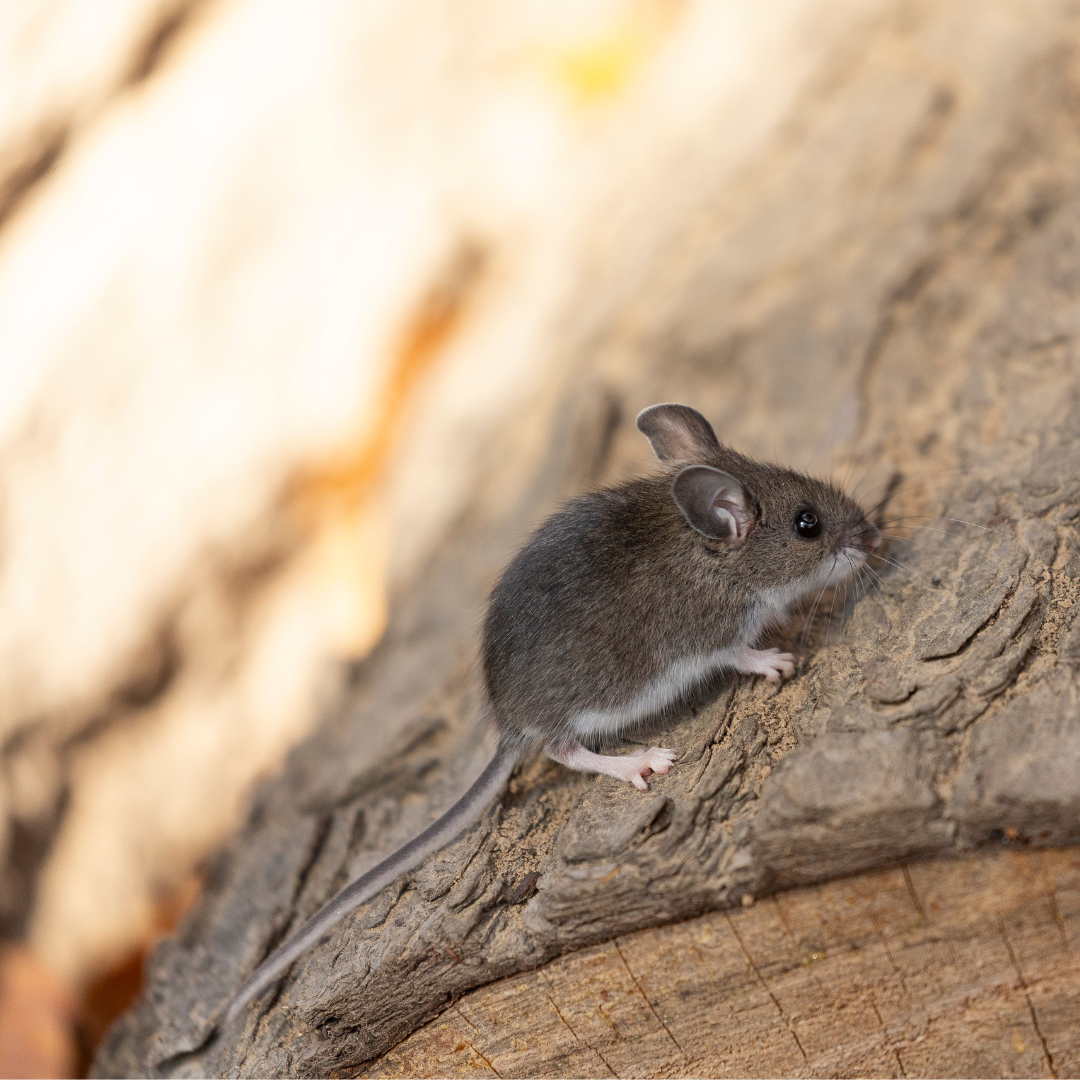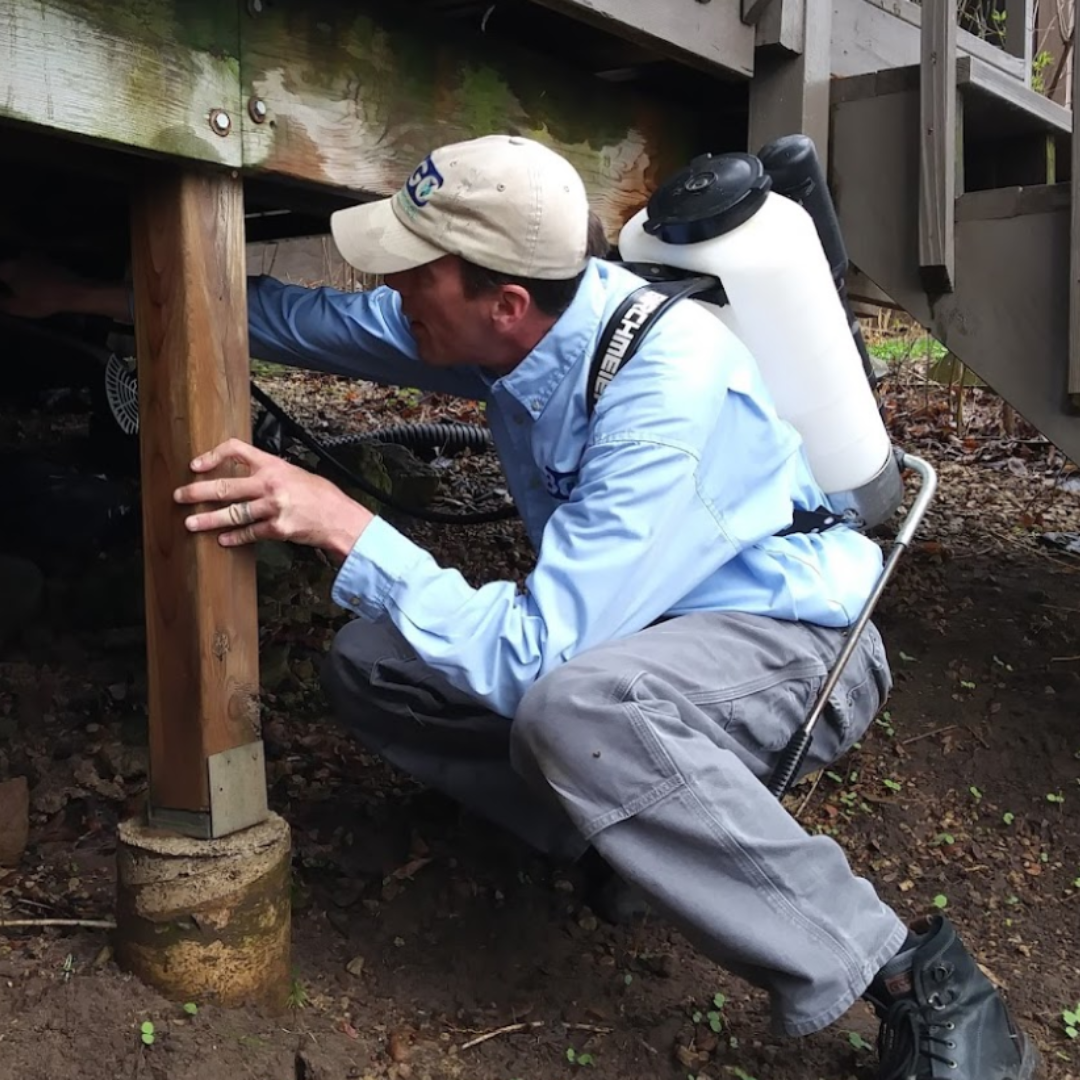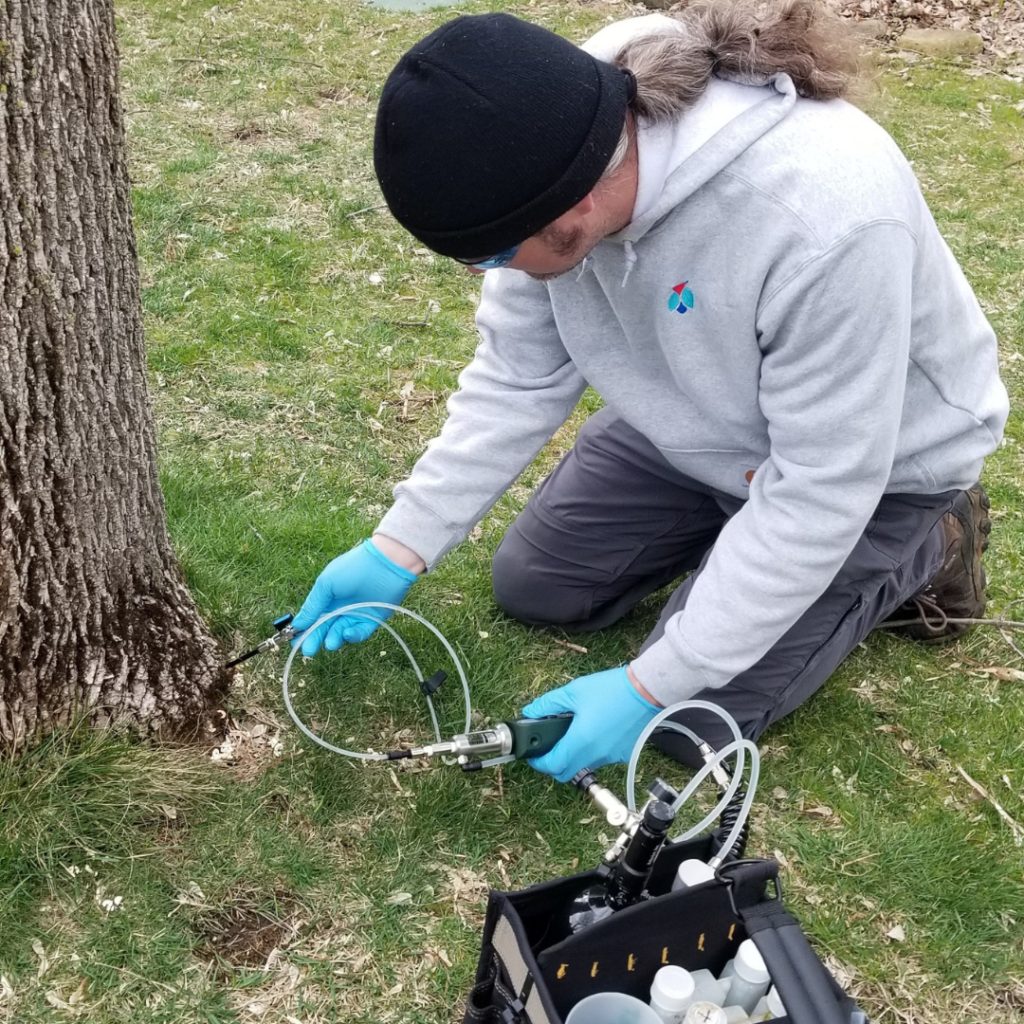Contact BOGO for all your St. Paul Minnesota Pest Control Needs
The Capital of Minnesota is home to over 300,000 residents. St. Paul’s beautiful Victorian-style homes are commonly susceptible to pest infestations
These are the most common pests found in St. Paul Minnesota
(Click on the names to keep from scrolling)
If you have any questions or concerns or would like to schedule an appointment
Call Us Today! 952-404-BOGO (2646)
Share This Page!
Ants in St. Paul Minnesota
Carpenter Ants
Carpenter ants are a common ant to find living inside your homes in Minnesota. They build parent nests and when those nests get to full capacity they create satellite nests. The parent nests are the home of the queen, her larva pupa, and workers. The satellite nests are made when the parent nest reaches its full capacity. Some worker ants leave the nest with larvae and pupa. Satellite nests are the most common nest found inside homes and buildings. The carpenter ants choose to make nests inside soft water-damaged wood. They chew through it but do not eat the wood. They chew tunnels and galleries to store the larva, pupa, and food. The extra moisture also helps them with completing metamorphosis to become workers and male or female ants. Both males and females can have wings. They can be seen swarming in the late spring and early summer during mating season.
Pavement Ants
Pavement ant nests that are located outside are usually found under sidewalks, driveways, brick patios, or curbs. When inside they are drawn to temperature-controlled areas. Under heated floors, insulated foundations, cement slabs, or under various home appliances. When living inside many nests stay active all year long even in the middle of winter. These ants make small sand piles. When looking for signs of pavement ant activity inside look for sand or look for ants crawling in a single file line through the house. These formations are called ant trials. Ant trails lead to a source of food and sometimes an entry point inside the home.
Ant Service
The ant treatments vary between winter and the warmer seasons. In the winter the treatment is done in the interior of the home. Our techs spray a foam substance inside the cracks and crevices that the ants are coming out from. When the snow is melted we go back to the same house to spray an exterior spray around the foundation of the home. This barrier kills any new ants before they can make their way inside. Both interior and exterior treatments take 30 days to eradicate an entire ant colony. Because most ants don’t leave the nest the product we use doesn’t kill the worker ants right away. Instead, it allows them to carry it back to the nest to let them spread it throughout the rest of the colony.
Mice in St. Paul Minnesota
Behavior
Mice in Minnesota behave in similar ways. Due to the seasons, many of them are drawn to look for a temperature-controlled environment to spend the winter. But the mice do not use this space to hibernate. They mostly use the space to store food, their pups, and the rest of the group. The mice will still leave their nest in the winter to go outside to forage for food. They are nocturnal so they are more active at night while everyone inside is asleep. As they stay active in the winter they also continue to breed as well. In one year a mouse is capable of having 1-10 litters. Out of each of these litters, there can be 2-8 pups. The success of each litter depends on the safety of the nest and the amount of food that is stored away. Over time a mouse nest that’s inside a home can become a big problem.
Evidence of Mice
Many people are unaware that they even have mice living inside their homes. We all know the obvious signs like finding their small oval-shaped droppings but there is more. Another obvious sign is looking for thick dark brown rub marks. These rub marks are created by multiple mice climbing in the same area repeatedly. As mice move around they are continuously releasing microscopic urine droplets. This helps other mice in their group find their way back to the nest. On top of this, their fur is filled with grease and mud from living outside. This also gets rubbed off on the foundation when they use the same entry point.
Mouse Service
BOGO’s mouse service is unlike any other mouse service that is offered in the pest control industry. Our service starts with an inspection of the property. Our tech’s our honest and knowledgeable about the seriousness of the mouse problem. They take photos of the entry points around the property for the customers to see. They also will describe any limitations that they find. Just a few examples of limitations include low decks, three-season porches, and front stoops the house. Our methods of sealing are unlike other pest control companies. Many of them make customers sign a contract and never want to solve the problem. This way they will always have to come back. At BOGO we want to solve the mouse problem for good and hopefully never come back to the same house again!
Wasps in St. Paul Minnesota
Paper Wasps
Paper wasp’s nests are located in areas that will allow them to stay dry. The nests themselves are not enclosed in an out layer. Instead, the larva and pupa are visible from the outside sitting inside their hexagonal cells. Because of the type of nests, most colonies do not get larger than just a few dozen wasps. Each nest that is built is also never reused. Paper wasps will make new nests each spring or move to a new location if the previous nest was sprayed.
Length: 0.75-1.0 inches
Yellow Jackets
Yellow jackets are notably one of the most aggressive wasps in Minnesota. Their nests vary in where they are located. This is why many people are caught off guard when they come across one. They build nests underground in previously build rodent tunnels, inside structures, aerial nests (in photo), and inside trees. These nests if not noticed right away can grow drastically by the end of the summer. There can be 1,000 to 5,000 wasps per colony. Once they grow to these large sizes it takes a significant amount of food for them to survive. As the temperatures drop there are fewer insects and nectar to eat so the wasps become significantly more aggressive and will forage for human food.
Length: 0.5-0.75 inches
Wasp Service
Our wasp service allows for the product to come in contact with every wasp in the colony instead of just the ones that leave the nest. Over-the-counter wasp killers never come in contact with the queen and the wasps inside the nest, including the larva and pupa. This happens because the spray is designed to kill the wasps instantly when they come in contact with it. With our product, the wasps don’t die right away. Instead, they bring it back inside the nest to spread it with the rest of the colony. Most times if we can spray the nest directly it should take around 14 days for the entire nest to be eradicated.
Click below to learn about our wasp services
To learn more about wasps and bees visit our identification page
Spiders in St. Paul Minnesota
Behavior
Spiders are one of the most common pests that are dealt with in the pest control industry. The fear that is drawn from spiders is called arachnophobia. This fear unlocks emotions inside people that they can’t control or even explain. But it’s important to know the importance of spiders. Without them, there would be an overpopulation of insects such as ticks, mosquitos, flies, and others. Seeing spiders inside or outside your home is not ideal. But seeing them in nature is normal and they should be left alone. There are two different types of spiders. There are web-building spiders that catch their prey in webs that fly into them. Then there are hunting spiders that don’t make cobwebs and instead move around the house or outside catching insects that also live inside.
Habitat
Spiders in the pest control industry are described as moisture pests. Moisture pests just like the name describes are insects that are attracted to living in a place with moisture. Some examples of these habitats include anywhere near a body of water, basements, forest floors, and garages. Spiders pick these areas to live in because there will always be an abundance of insects for them to eat.
Spider Service
The service we provide for spiders is mostly focused on the exterior of the home. Before we spray the outside of the home we knock down any cobwebs. Our extension brush can reach between 15-20 feet. The spray that is put on the outside kills the spiders living on the home and kills new ones from getting inside. The treatment loses its effectiveness after 2 months. For a high population of spiders that are inside a home one service per year is sufficient. We will only spray in corners of rooms where spiders are seen and spray inside unfinished rooms. These rooms are where most spiders and insects live. They use the exposed wires and pipes to navigate throughout the home
Click below to learn about our Spider Service
To learn more about spiders read our blog “We Love Living Near Woods and Water and so do Spiders!”
Boxelder Bugs and Stink Bugs in St. Paul Minnesota
Boxelder Bugs
The mating season for boxelder bugs starts in mid-July. The bugs mate on female boxelder trees. After mating they lay their eggs on the leaves of the tree. The eggs hatch after 14 days. The nymphs that hatch eat the leaves and helicopter seeds that the tree produces. These nymphs are not able to fly but the adults can. In the fall the bugs no long lay eggs or mate. Instead, they are drawn to start looking for places to overwinter. This is when clusters are found sitting outside of the home. Specifically on walls where the sun is hitting the siding. During the winter these insects do not mate or lay eggs. They are commonly seen roaming around the inside on sunnier days in the winter. This happens when the sun warms up the home and the roof. This sometimes defrosts the boxelder bugs hiding inside.
Stink Bugs
Stink bugs are a relatively new insect here in Minnesota. They are an invasive species that came from eastern Asia. They were first spotted in Minnesota in 2010. Since then they have multiplied and have become a major fall pest. They spend the warmer months living in agricultural fields. This is where they mate, lay eggs, and eat. In the fall when temperatures start to drop the insects search for buildings and homes to overwinter inside. It’s been noted that a significant amount of stink bugs will live inside attics and chimneys in the winter. Similar to boxelder bugs they also can be seen moving around the living areas of the home on warmer sunny days. On cold winter days stink bugs stay extremely still to conserve energy as they are no longer eating and mating in the winter.
Boxelder and Stink Bug Service
BOGO’s boxelder and stink bug treatments are more effective when done at the beginning of the fall season. It’s important to get the treatment on before the boxelder bugs and stink bugs start landing on the home. As the swarms are starting to become more visible there is most likely a significant number that has already made their way inside. The treatment when placed on the home sticks to the surface for 2 months. Our techs are also going to attempt to spray as much of the house as possible. Every inch of the foundation and as high up as our backpack sprayers will reach (20-30 feet).
Click below to learn more about our boxelder/stink bugs service
To learn more about stink bugs and boxelder bugs read our blog “Minnesota Fall Pests.”
Ash Tree Service in St. Paul Minnesota
Benefits of Treating Your Ash Trees
The emerald ash borer is an invasive species that was first spotted in Minnesota in 2009. They are infecting ash trees by laying their eggs on the bark. When they hatch out their larvae feed on the cambium layer of the trees. This makes it impossible to spread nutrients to all the branches and leaves. Infected ash trees can either be kept alive by treating them or cutting them down. Cutting down ash trees is much more expensive than treating them every 2 years. The demand for cutting down ash trees is a large factor. The longer people wait to treat their trees the more ash trees will need to be cut down all at the same time. By cutting down ash trees you are also impacting the environment. A mature ash tree can absorb 1000 pounds of carbon dioxide from the atmosphere in one year. They also absorb carbon monoxide, nitrogen oxides, and sulfur dioxides.
Ash Tree Service
BOGO has a professional arborist on our team that has tested out all of the various ash tree treatments. Most treatments for ash trees make it impossible to know how much product the tree took up. It also makes it difficult to know how much product one root took up compared to another. Our service uses pneumatic micro-injections. During this treatment, we inject the product into each injection point individually. Our treatment also lets us visually check that the tree is taking up the product.
For more information about the emerald ash borer in St. Paul Minnesota
Learn more about the benefits of treating your ash trees and the emerald ash borer
To protect your home from all these insects and more our Insect Protection Plan or IPP is the best option
BOGO Provides Pest Control Services For the Twin Cities and Beyond! Just a Few Cities We Service For Include;
Anoka|Apple Valley|Bloomington|Burnsville|Coon Rapids|Champlin|Chanhassen|Deephaven| Delano|Eagan|Eden Prairie|Edina|Elk River|Excelsior|Golden Valley|Independence|Lino Lakes|Long Lake|Maple Grove|Maple Plain|Medina|Minneapolis| Minnetonka|Minnetrista|Mound|New Brighton|North Oaks|Orono|Prior Lake|Plymouth|Ramsey|Rogers|Shoreview| Shorewood|Stillwater|St. Louis Park|St. Paul|Victoria|White Bear Lake| Wayzata|Woodbury|
(Click on the cities to learn about what pests to watch out for in your area)
If you have any questions or concerns or would like to schedule an appointment call or send us an email
Call Us Today! 952-404-BOGO (2646)






















